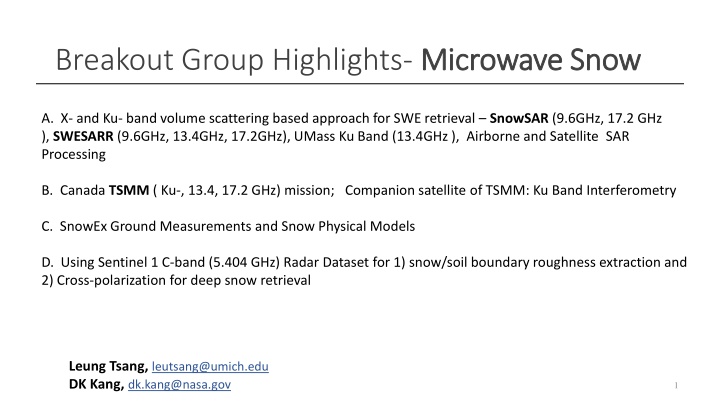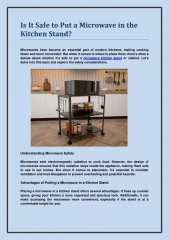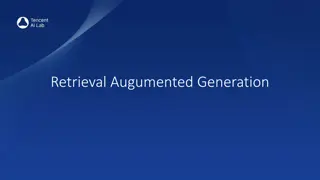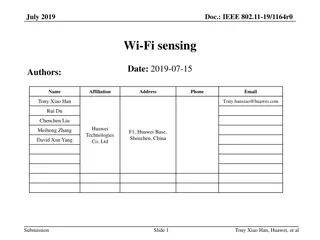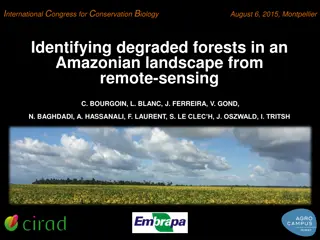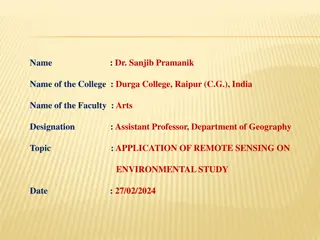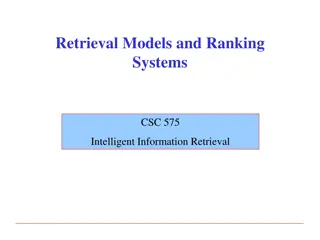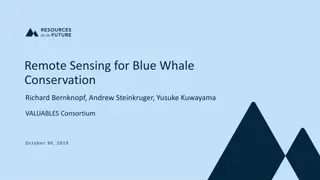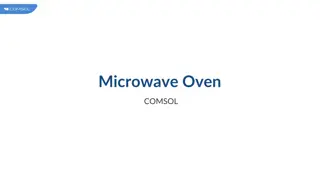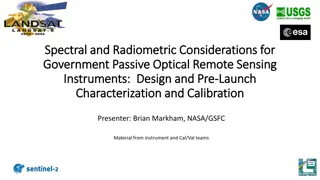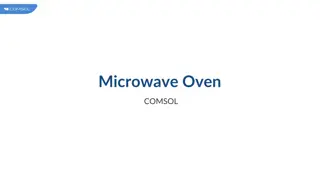Microwave Snow - Advances in SWE Retrieval and Remote Sensing
Cutting-edge approaches in microwave technology for snow water equivalent (SWE) retrieval and analysis. Highlights include X- and Ku-band scattering techniques, satellite SAR processing, ground measurements, and future mission opportunities.
Download Presentation

Please find below an Image/Link to download the presentation.
The content on the website is provided AS IS for your information and personal use only. It may not be sold, licensed, or shared on other websites without obtaining consent from the author.If you encounter any issues during the download, it is possible that the publisher has removed the file from their server.
You are allowed to download the files provided on this website for personal or commercial use, subject to the condition that they are used lawfully. All files are the property of their respective owners.
The content on the website is provided AS IS for your information and personal use only. It may not be sold, licensed, or shared on other websites without obtaining consent from the author.
E N D
Presentation Transcript
Breakout Group Highlights- Microwave Snow Microwave Snow A. X- and Ku- band volume scattering based approach for SWE retrieval SnowSAR (9.6GHz, 17.2 GHz ), SWESARR (9.6GHz, 13.4GHz, 17.2GHz), UMass Ku Band (13.4GHz ), Airborne and Satellite SAR Processing B. Canada TSMM ( Ku-, 13.4, 17.2 GHz) mission; Companion satellite of TSMM: Ku Band Interferometry C. SnowEx Ground Measurements and Snow Physical Models D. Using Sentinel 1 C-band (5.404 GHz) Radar Dataset for 1) snow/soil boundary roughness extraction and 2) Cross-polarization for deep snow retrieval Leung Tsang, leutsang@umich.edu DK Kang, dk.kang@nasa.gov 1
Breakout Group: To Address Baseline assessment what is the current state of the science? What are the remaining gaps that need to be addressed? Identify targets of opportunity to address these gaps (e.g. proposal calls) and low hanging fruit. What ongoing research contributes to the Roadmap? 2
what is the current state of the science? what is the current state of the science? 2013 Performance Canada SnowSAR 2013
Volume Scattering C band (5.4 GHz) Radiative Transfer Model Data from Lievens paper VH VH/VV Co-pol has no sensitivity to SWE Cross-pol backscatter increase with SWE Ratio of Cross/co-pol has 2 dB increase with SWE H. Lievens et al., Snow depth variability in the Northern Hemisphere mountains observed from space, Nat. Commun., vol. 10, no. 1, pp. 1 12, 2019.
Remaining Gaps to Be Addressed Substrate: How to deal with the effect of the substrate (soil freeze thaw state, roughness, and submerged vegetation) on retrievals? Microstructure: How to best include prior information in the retrieval algorithms? To understand how snow grain size properties scale spatially in tundra environments? How to inter-calibrate between physical snow models , radiative transfer models and SAR data Forest Cover : To what extent do these measurements penetrate various types of canopies?
What & When are the Mission Opportunities? Today 2020 2033 2021 2022 2023 2024 2025 2026 2027 2028 2029 2030 2035 2040 S-1 NG Sentinel-1 (C-band SAR) MODIS/VIIRS (vis/ir) Existing/planned commercial stereo photogrammetry AMSR-3 (passive mw) Future pmw Existing passive mw MetOp-SG MWI (passive mw) IceSat2, GEDI (existing lidar) SBG (albedo) TSMM (Ku-SAR) NISAR (L&S-band InSAR) SWOT (Ka-band InSAR) CIMR (passive mw) THP snow focus SNoOPI (SoOp) Snow EVM (SoOp) Snow Explorer-class Operational missions (guaranteed) approved missions (in-orbit or will launch) Mission proposals (launch if selected) Color code: 9/11/2020 EK THP Snow Meeting 2020 6
Leveraging/Partner Opportunities vs. Proposal Risk Evaluation Metrics Timing: how much will the sensor/mission overlap in time w/snow mission? How certain is the mission? E.g. operational, proposal, end-of-life, etc. Spatial: coverage wrt global & specific snow types, swath width, resolution, Temporal: coverage wrt global & specific snow types, revisit interval Accuracy: wrt different snow types & vs. confounding factors; where would it improve global SWE & how much? Other Limitations e.g., saturation, thin snow/deep snow, wet snow, channels Bottom line: How much would the leveraging opportunity increase our proposal s selectability? For high-value options, what do we need to do to close key proposal risks? 9/11/2020 EK THP Snow Meeting 2020 7
Identify targets of opportunity to address these gaps Identify targets of opportunity to address these gaps L S-band NISAR (UVASAR): Interferometry and background scattering L-band SMAP: Freeze/Thaw C-band SENTINEL 1: Deep snow SnowEx campaign 2021-2023 CSA-FAST funded airborne measurements and analysis, 2021-2023
What ongoing research contributes to the Roadmap? What ongoing research contributes to the Roadmap? DMRT, SMRT, Unified Ku-Ka passive, C-active Apply snow model Strong theoretical basis by using DMRT/SMRT Active only method + P+A method SSA direct use, Weather data snow model
